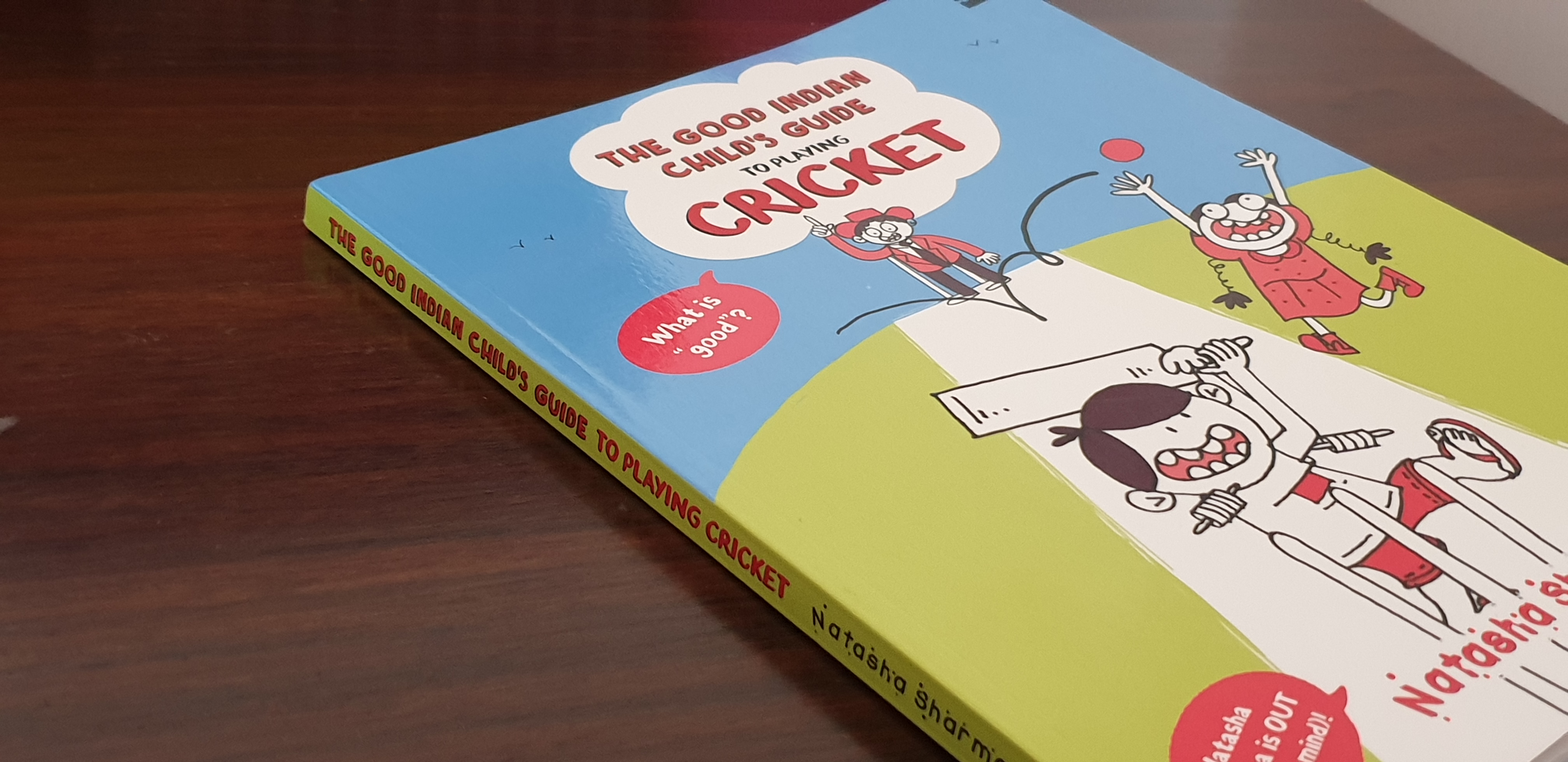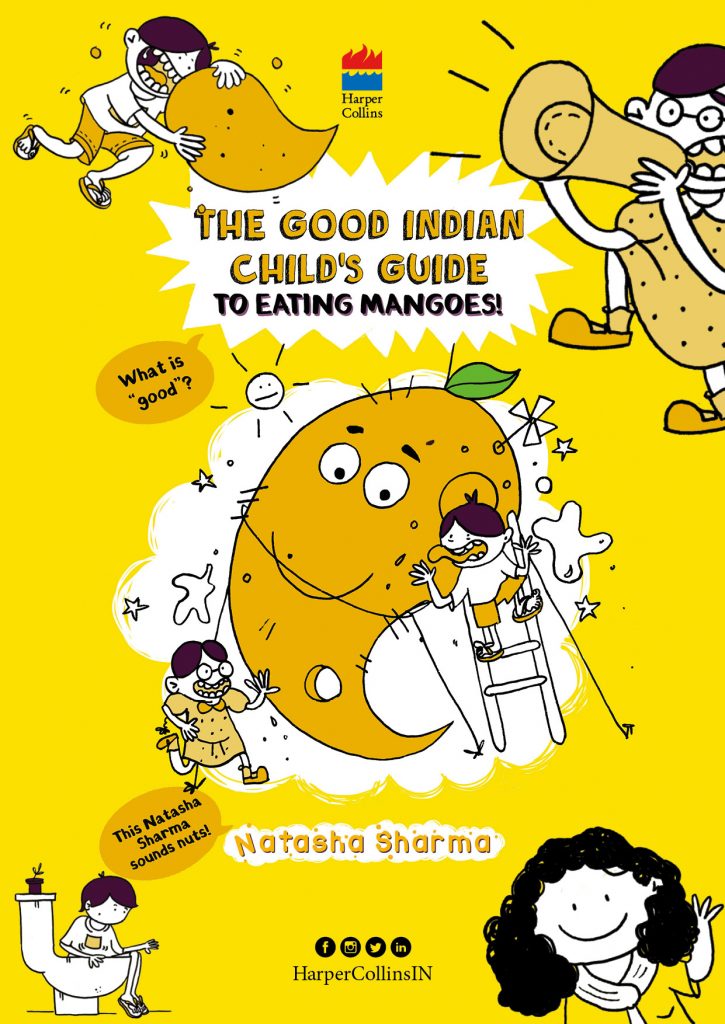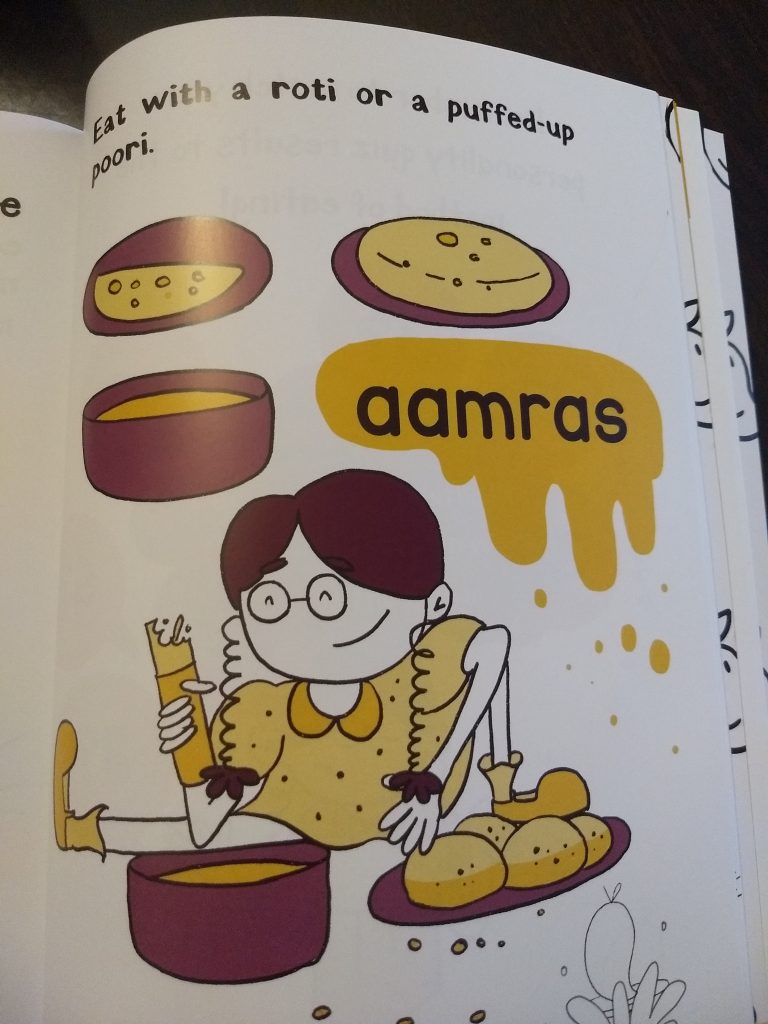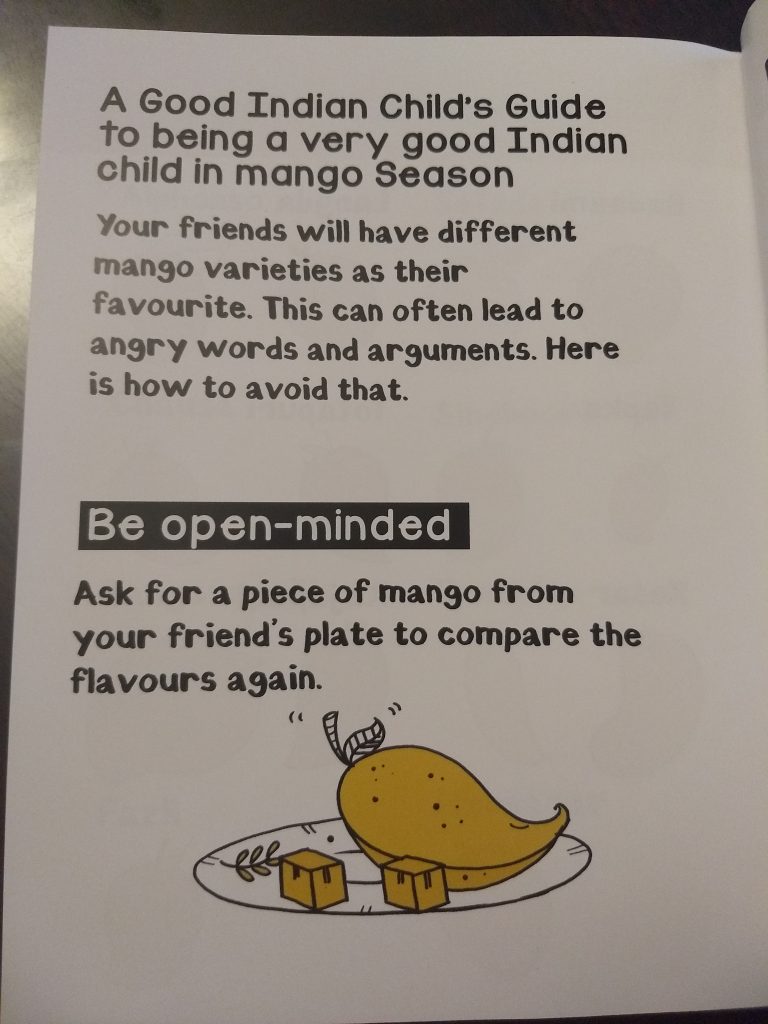
The Good Indian Child's Guide: Two soulfully hilarious picture book on cricket by Natasha Sharma
Share
The Good Indian Child is back, and hits it right out of the ballpark! Natasha Sharma's The Good Indian Child to Playing Cricket is perfect for a lover of any sport but it will hold a magical place in the heart of any Indian child who loves cricket.

A few weeks ago, I woke up at 5 am in the morning and saw three children in my neighborhood playing cricket in the pouring rain. Their passion for the game was evident. When was the last time we adults loved playing something so much that nor we wouldn't mind getting wet in the rain at 5 am?
I loved Natasha Sharma's book The Good Indian Child's Guide to Playing Cricket even more than its predecessor, The Good Indian Child's Guide to Eating Mangoes. It is both humorous and nostalgic. Both the guides are wonderful but there is an all-purpose enjoyment to The Good Indian Child's Guide to Playing Cricket that is simply priceless.
The book is a fun, witty, wry, goofy and ultimately informative guide to cricket. Vinod Kambli writes about the book, "Never knew theory would be so much fun." And it's true! Like every Indian, I have watched and enjoyed cricket. I am not an expert when it comes to the technicalities of the sport. This book explains all that but with exciting and hilarious explanations that never bog you down. The explanations do come in but they are so lively and done so well that I absolutely enjoyed learning about (and guffawing over) definitions of field positions, off stump, leg side and more.
It starts off by explaining the game in a young player's point of view -- how do you play cricket if there's just two of you? How about if you have three? You get a fielder!
Shreya Sen's illustrations are a riot and also endearing, somehow. In every picture, I can see myself as I tried to play the game when I was a kid or watched from my balcony as others played. I understand that football is slowly catching on among children in India but for me, it will always be cricket. This book can be a great way to rekindle your child's love for the game or to make them connect with its special place in India.
I loved how we can shapeshift the game to play any way we like and the book connects to the beauty of playing cricket in India, whether on the road or semi-professionally. Remember the twigs we used for wickets? Skinny kids too! The descriptions of spin bowling, the rules for playing the game and fielding dives are beautifully written. What I love about the book is that it is not just fun, goofy and deliciously sarcastic but really gets you to connect with the sport on various levels. Towards the end of the book, "the field erupts into a scene that must not be shown in a book about good children" but really, the book ends in a magical way - a game may be won or lost but the universe carries on, a ball is bowled, the person batting hits it, and another fielder dives!
We need interesting, creative and fun narratives on a sport to engage more children to embrace the sporting culture in their own way. This book is a great addition to your child's bookshelf, whether your child likes cricket or isn't particularly a fan. My daughter thought it was pretty hilarious!
Want other books by Natasha Sharma? We love her History Mystery series and you can also read our review of The Good Indian Child's Guide to Eating Mangoes.
Buy the book now!
Toka Shop
Hilarious, tongue-in-cheek and innovative, The Good Indian Child's Guide to Eating Mangoes brilliantly combines the creativity of a children's book with the quintessentially Indian obsession with mangoes.
When I was a child, I always looked forward to the mango season. My favorite mango was the Banganapalli. My parents loved the Himampasand but it was never my favorite. I also liked the Alphonso.
My father would eat the mango
I had a very different way of eating a mango. I'd cut the brat into three pieces, scoop out the seed, and bite them silly until they resembled straws. At the end of it all, I'd be smeared with mangoes.
Written by Natasha Sharma and illustrated by Shreya Sen, The Good Indian Child's Guide to Eating Mangoes is filled with that same joie de vivre and carefree love for mangoes that I had as a child.
A crazy good ride
On the face of it, The Good Indian Child's Guide to Eating Mangoes aims to be a true guide and to tell your child how to devour mangoes. But scratch the peel and you will notice that this book has so much more. There is humor, a mango personality quiz, and even some essential mango kinesthetics, including one involving ways to prise a mango wedge out of your teeth with your tongue. Yes, this is high-level stuff.
My favorite part about Natasha Sharma's book is the humor. Children love crazy humor, as do many adults (ahem). There is some fabulous mango-based character building, mango recipes, and even mango math! The Good Indian Child's Guide series published by Harper Collins will be the first of many series. We really look forward to The Good Indian Child's Guide to Playing Cricket!
Fabulously eccentric
This book reminds me so much of Dr. Seuss's The Cat's Quizzer, one of my all-time favorites. Boy, I will never forget Ziggy Zozzfozzel!
The Cat's Quizzer is crazy as hell but deep down inside, I loved its dig at education and conventional notions of knowledge. In a similar way, Natasha Sharma's book urges you to not take decorum too seriously and to really connect with your wild, unrestricted side. I hope this book has two interesting results. One, I hope it teaches crazy people like me to go to the decorous side and make and eat 'mango art.' Two, I hope it teaches the hoity-toity lot to go completely cuckoo and eat mangoes like they are going out of style.
There is also a mango personality quiz in this book. You are also encouraged to develop some important mango personality traits in the process of reading this book. For instance, as the author says, the best way to research is to eat tons of mangoes.
The King of Fruits
Apart from the mad and fun ride that this book is, it also presents beautiful facts and illustrations about the different kinds of mangoes you find in India. Whether it is a tiny
What can I say? I think you'd be crazy to give this book a miss. But not as crazy as saying no to a plate of mangoes.
I recommend reading this book with mangoes cut so that they resemble kayaks. Keep the plate of mangoes near the book as you read it. And make sure you don't get a squint thanks to the number of side-eyed glances you'd be giving.



